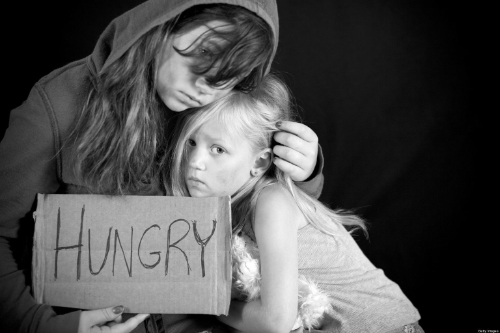Stop Hunger
Hunger Is Here and Now
Children and adults suffer hunger in every community across the country. Your neighbor, child’s classmate, a coworker, obviously the homeless are struggling to get enough to eat.
Hunger is one of the most critical problems in the world today. While many of us enjoy cooking satisfying meals at home and dining out, millions of people, many of whom are children in the United States and worldwide, do not get enough or no food to eat. The good news is that this problem is fixable; by getting involved locally and directly donating to the hungry or volunteering at your local food bank or soup kitchen, and giving to established charities, you can make a difference.

How Are We Helping
“The war against hunger is truly a mankind war of liberation.” (J Kennedy)
Recognizing this crisis, Salsa Brava Colibrí spends part of our profit sales directly donating food to the hungry in our community and plans to expand our program to more locations.
Our contribution to stop hunger is to offer a nutritious and appetizing “burrito.” We make the burrito to provide a complete meal with the minimum daily nutritional requirements (USDA). We offer a vegetarian and a meat burrito. As our profits increase, we plan to provide other choices.
Let's End Hunger
“if you cannot feed a hundred people, feed just one.” (M Teresa)
Together, we can end hunger, but it’s going to require an active commitment from you and supporting your favorite business or charity focused on ending hunger. We’re grateful to have you on our side.
- Due to the effects of the coronavirus pandemic, more than 42 million people may experience food insecurity, including a potential 13 million children.
- The pandemic has most impacted families that were already facing hunger or one paycheck away from facing hunger. According to the USDA’s latest Household Food Insecurity in the United States report, more than 38 million people in the United States experienced hunger in 2020.
Households with children are more likely to experience food insecurity. Before the coronavirus pandemic, more than 12 million children live in food-insecure homes. - Every community in the country is home to families who face hunger, including rural and suburban communities.
- Many households that experience food insecurity do not qualify for federal nutrition programs and visit their local food banks and other food programs for extra support.
